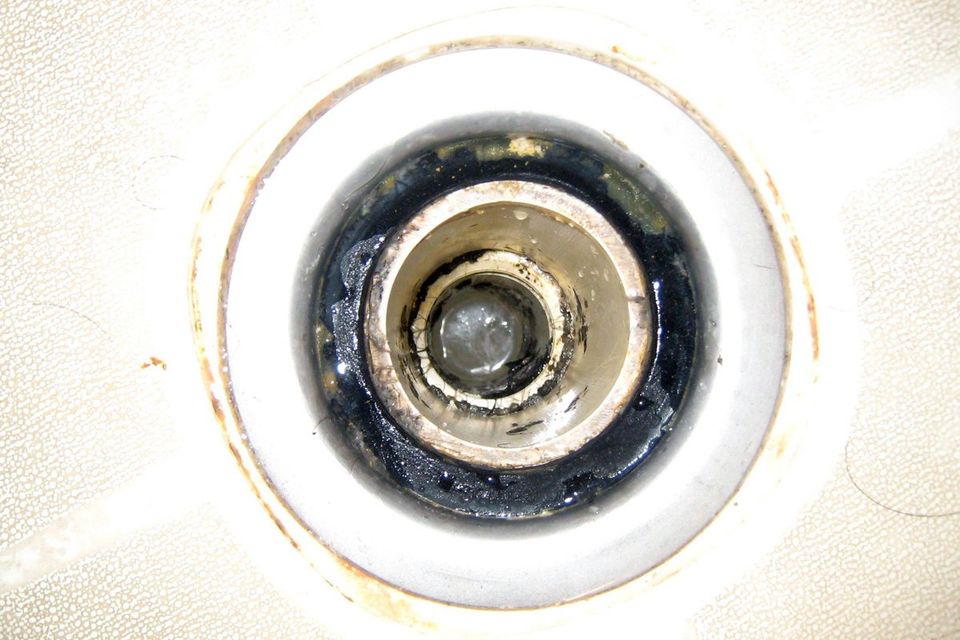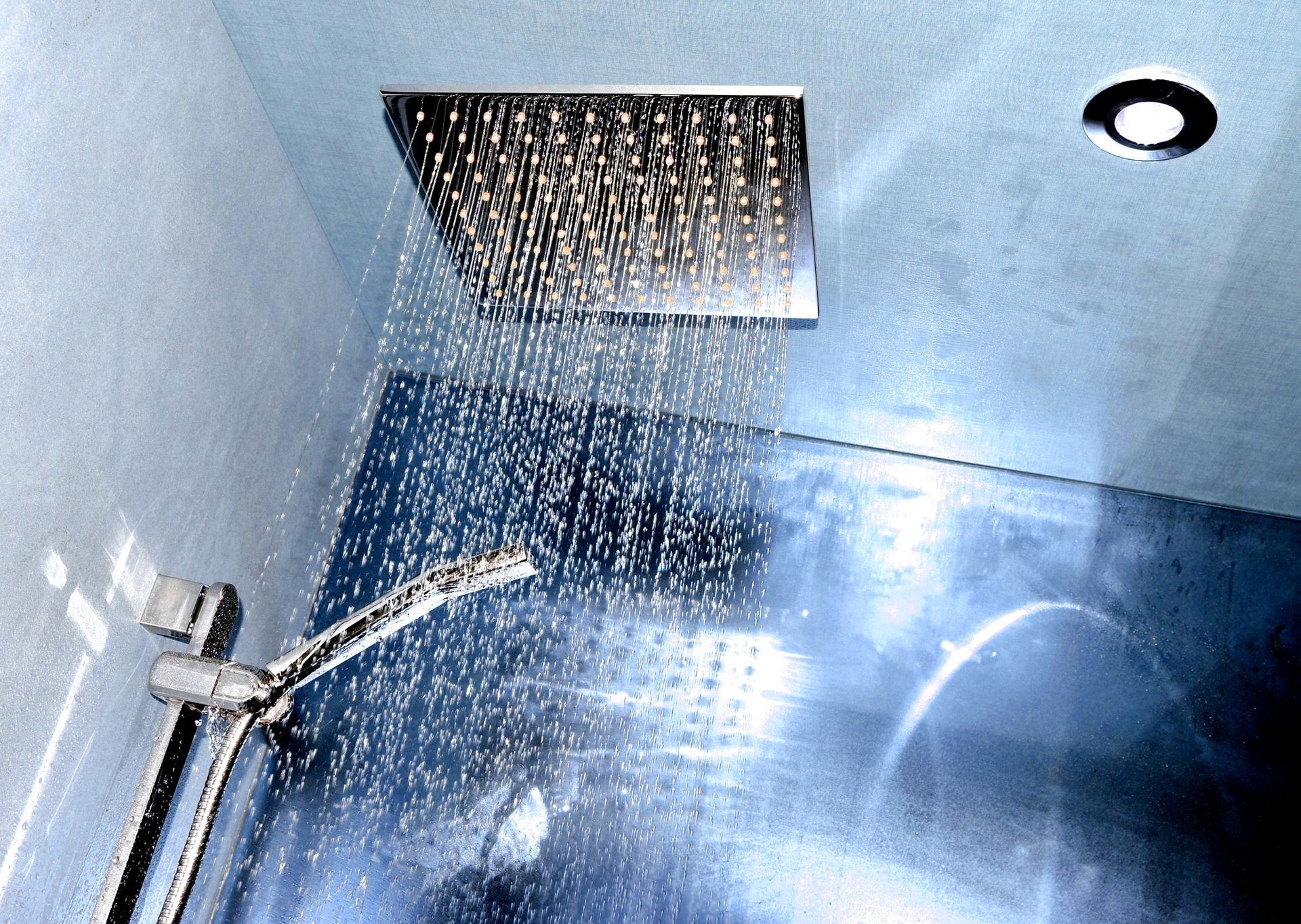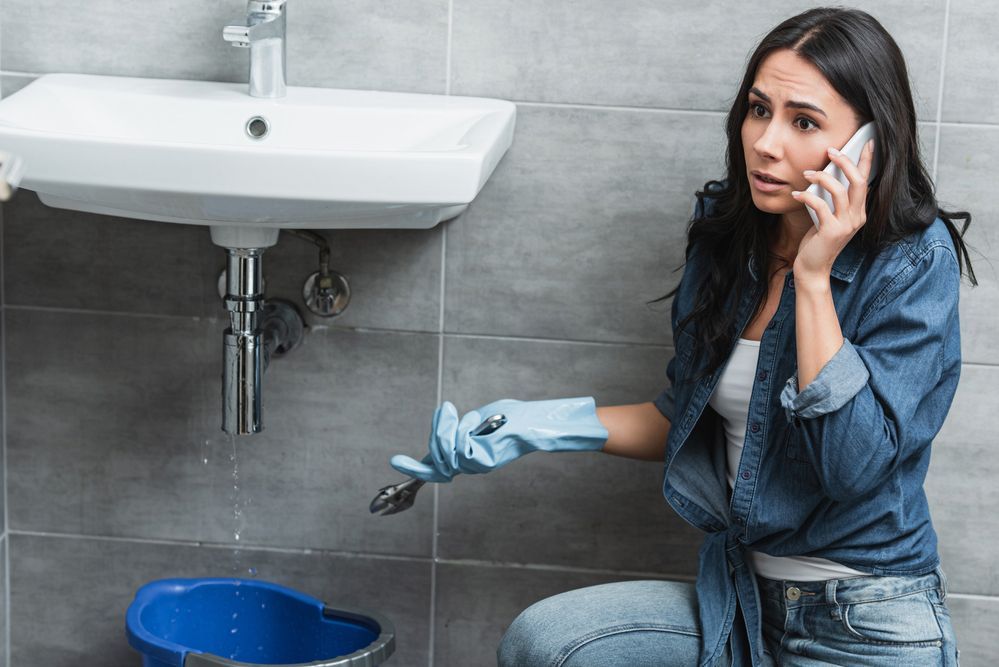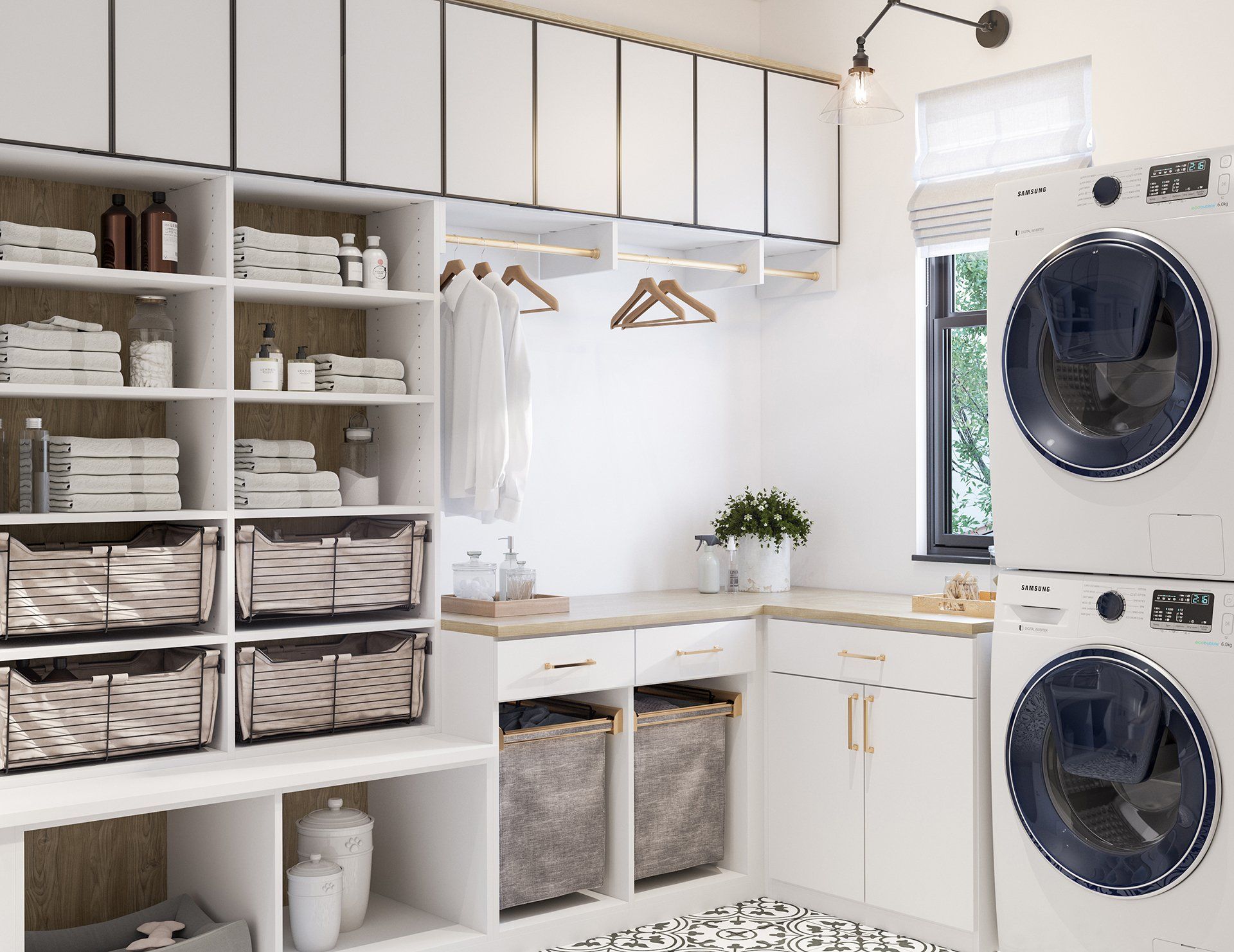Are your shower, sink drains and fixtures sick?
Did you know there are hidden microbes inside your drains and plumbing in Eldersburg?

Asthma and rhinitis have been linked to indoor dampness produced mold, according to published studies. You can see the obvious mold signs on ceiling and walls, but how do you know if you’ve been exposed if there is hidden mold? Studies indicate that high humidity contributes to rhinitis (inflammation of the nose) as well as above average fungal levels.
Domestic showers are a growing threat as more and more families demand more bathrooms in their homes. Hot showers can spike humidity levels in more than just the bathroom. Adjoining bedrooms and closets can accumulate dampness surface condensation, creating a perfect breeding ground for bacteria, yeasts and fungal growth causing mold to grow on clothing, shoes, suitcases, curtains, carpets and more. If you factor in the unwanted indoor air spore contamination, then your home isn’t quite as healthy as you think.
Microscopic sized allergens (Microbial Spores) are associated with home dampness. Mold spores are between 3-40 microns in size compared to the width of human hair with averages 100-150 microns. Breathed in Spores can cause sneezing and an immune reaction or cause harm from their mycotoxins.
Your shower hoses and faucets can contain potentially hazardous yeasts, fungi, bacteria and other fungal pathogens including species of Mycobacteria. These particular microbes (that typically live in water) have been linked to cervical lymphadentis (an acute enlargement of the cervical lymph nodes common in children) and Chrohn’s disease. Galvanized protective zinc coating applied to steel or iron shower hoses combined with common disinfectants is thought to encourage Mycobacterial growth.
There are microbes that cause skin infections, such as Exophiala Mesophila. One of the most well-known water-borne pathogens is Legionella which causes Legionnaires Disease (a pneumonia like illness) and is detected in shower fittings.
A microbial matrix known as a biofilm occurs when a group of microorganisms form a layer using clumping techniques to attach to synthetic surfaces such as shower hoses and fittings. Pathogens thrive on this biofilm and the risk of illness occurs when the pathogens fall off the biofilm and contaminate the air which is then inhaled.
Immune compromised people are the most at risk for contracting illnesses such as sinusitis, keratitis, onychomycosis allergy, mycotoxin illness and more severe infections such as fungemia and pneumonia.
Sinks have an ideal reservoir of bacteria. The design alone leads to unwanted microbial growth. Plumbing fixtures contain standing water, such as the P-trap. While this feature may be good for keeping smelly gasses from entering a room, it also creates the perfect breeding ground for bacterial colonies to grow, and once the biofilm develops, E.coli can thrive. This Black Water contains greases, fats, oils, foods and other organic water. Now also consider the fact that your shower, bathroom sinks, tubs and laundry also contain Grey Water which also adds organic solids such as hair debris and skin.
It’s safe to say that if you have a clogged pipe, slow moving drains or a sewer water backup, then you should contact Restoration 1 of Eldersburg for unclogging the drain pipes or cleanup of sewage to keep you from contaminating yourself and becoming ill.












